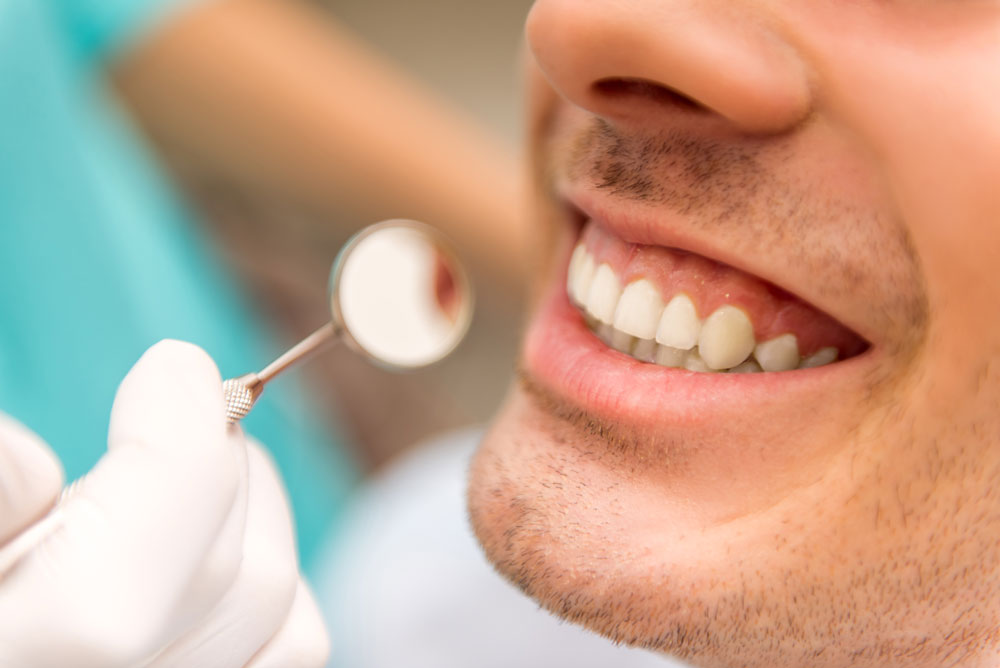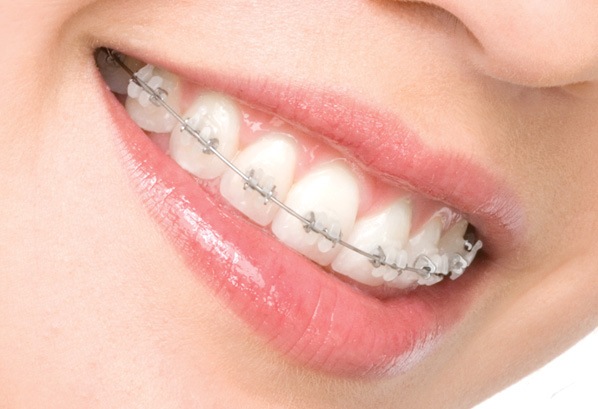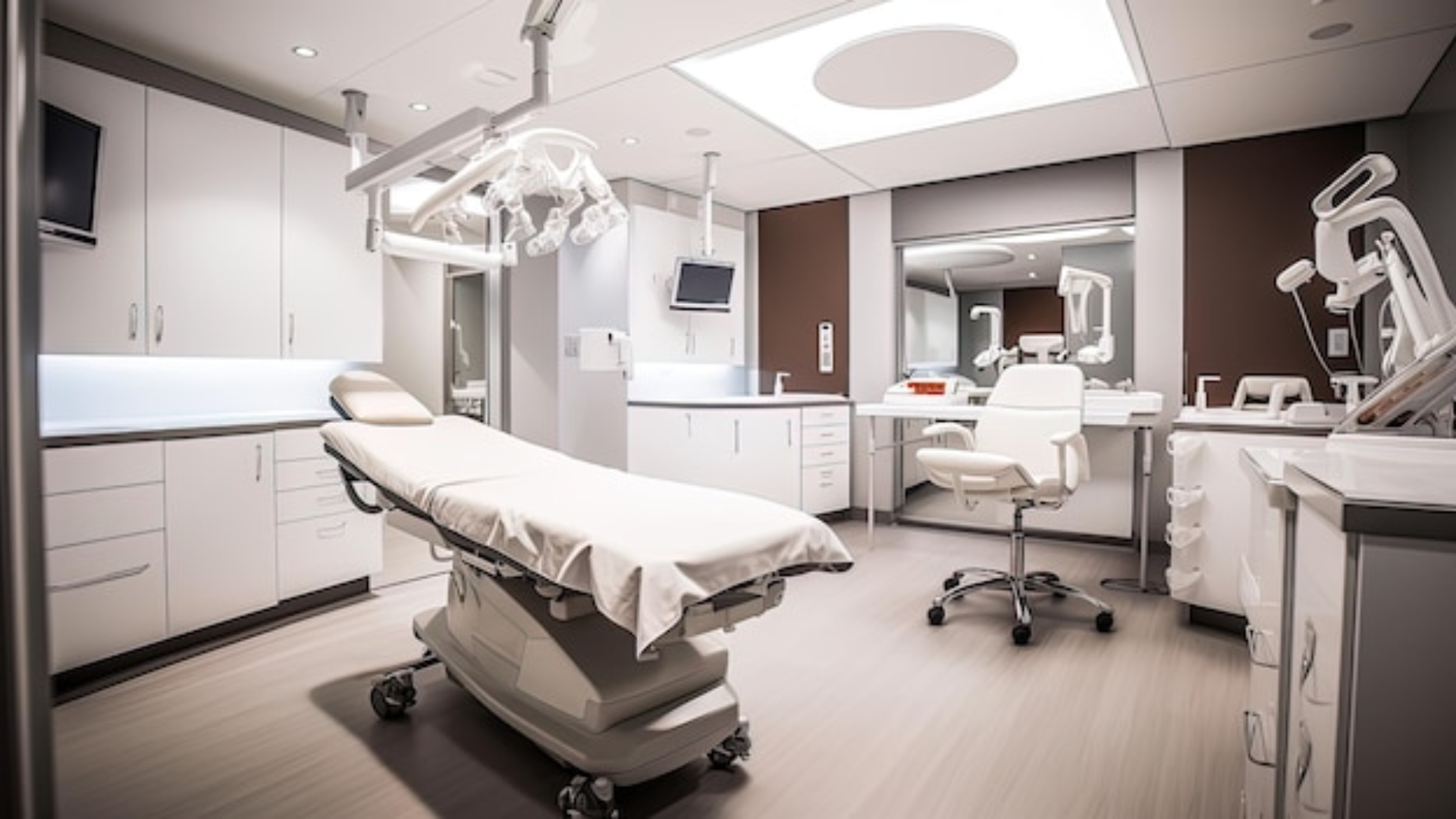Dental Care: Accessible Dentistry at No-Cost
While dental care are typically not covered under the universal healthcare system, the government has implemented several initiatives to make dentistry more affordable and accessible to the population.
Anúncios
In this comprehensive guide, we will explore the various government programs and locations across the country where no-cost or subsidized dental services are available.
Anúncios
Government Dental Programs
Child Dental Benefits Schedule (CDBS)
The Child Dental Benefits Schedule (CDBS) is a government-funded program aimed at providing dental care to eligible children aged 2 to 17. Under this program, eligible children can receive up to $1,000 in dental services over a two-year period. Services covered by the CDBS include examinations, X-rays, cleaning, fillings, extractions, and more. To be eligible, a child must be part of a family that receives certain government benefits, such as Family Tax Benefit Part A.
Public Dental Services
Public dental services are provided by state and territory governments and cater to various demographic groups, including low-income individuals, pensioners, and concession cardholders. These services offer a wide range of dental treatments at reduced or no cost to eligible patients. Services provided may include check-ups, cleanings, fillings, extractions, and denture fittings.
Anúncios
Each state and territory manages its public dental program, and eligibility criteria may vary. It’s essential to check with the relevant authority in your area to determine if you qualify for public dental services.
Indigenous Dental Health Program
The Indigenous Dental Health Program focuses on improving oral health outcomes for Indigenous of our country. This program provides dental services to Indigenous communities, helping address oral health disparities that exist in these populations. Dental services are delivered through clinics, mobile dental vans, and outreach programs to reach remote areas.
The program emphasizes preventive care, including oral health education and community-based initiatives. The native people can access these services through their local Aboriginal Community Controlled Health Services or government-funded clinics.
Accessible Dental Care Locations
Community Health Centers
Community health centers across the country offer dental services to the public, including low-income individuals and pensioners. These centers are often managed by state or territory health departments and provide a range of dental treatments. Some centers may prioritize vulnerable populations, such as children, the elderly, and individuals with specific health conditions.
Dental Teaching Hospitals
Dental teaching hospitals associated with universities are another option for accessing affordable dental care. These institutions offer dental services provided by dental students under the supervision of experienced faculty members. While treatment may take longer due to the learning process, it can be significantly more affordable than private dental practices.
Nonprofit Organizations and Charities
Numerous nonprofit organizations and charities across the country work to improve access to dental care for underserved populations. These organizations may offer no-cost or low-cost dental clinics, mobile dental vans, and outreach programs in partnership with local communities. Examples include the Royal Flying Doctor Service and the Australian Dental Health Foundation.
State and Territory Dental Clinics
State and territory governments operate dental clinics that provide subsidized or no-cost dental care to eligible residents. These clinics are typically located in urban and rural areas, making them accessible to a wide range of people. Eligibility criteria may vary, so it’s advisable to check with your local health authority for details on how to access these services.
School Dental Services
School dental services aim to provide preventive and basic dental care to school-age children. These services are offered through school dental clinics or mobile dental vans that visit schools. While the focus is on preventive measures, some treatments, such as fillings and extractions, are also provided when necessary.
Public Hospitals
Public hospitals often have dental departments that provide emergency dental care to patients in need. While public hospitals may not offer routine dental services, they can be a resource for those experiencing severe dental issues that require immediate attention.
Our country’s commitment to providing accessible dental care is evident through various government programs and initiatives. From the Child Dental Benefits Schedule (CDBS) to public dental services and Indigenous dental health programs, the country strives to ensure that individuals from all backgrounds can access essential dental treatments.
Additionally, community health centers, dental teaching hospitals, nonprofit organizations, and state and territory dental clinics play a vital role in making dental care more affordable and accessible to the population. Whether you’re a child eligible for the CDBS, an Indigenous seeking specialized care, or someone in need of financial assistance, these resources and locations are available to help you maintain good oral health without incurring significant financial burdens.




